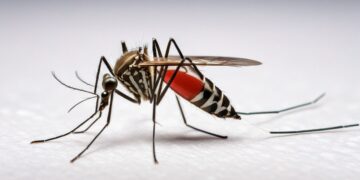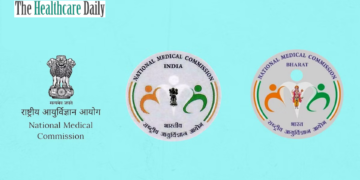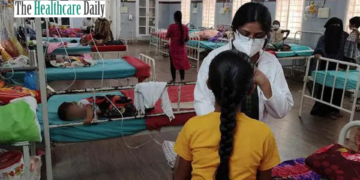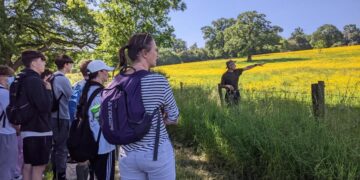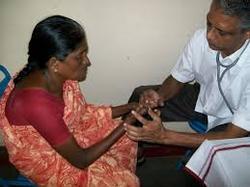- Leprosy is a bacterial illness which, continues to be reported from some clusters in Gurugram.
- A total of 148 cases of leprosy have been recorded.
- Mostly were discovered before the Covid-19 caused the lockdown.
THDNewsDesk: The health department will organize a door-to-door review this week in Gurugram after active disease surveillance for leprosy was reported. A bacterial illness which, continues to be reported from some clusters in Gurugram. Officials stated that they do not expect a rise in the incidence of leprosy. They further said, the possibility of undisclosed cases remains large.
Dr. Vinit Yadav, District Leprosy Officer, Gurugram, said, “There are currently 20 active patients under treatment for two kinds of leprosy, but they have either self-reported their symptoms or were already in treatment before March 2020. ASHA workers usually conduct routine surveillance for leprosy. Still, since they were busy with contact-tracing of Covid-19 patients in May and June of last year, we had to suspend our campaign to detect new cases actively.”
A total of 148 cases of leprosy have been recorded from the district since 2018, of which 20 are active patients. Mostly were discovered before the Covid-19 caused lockdown, while a few self-reported their traits. Dr. Yadav stated, “However, in the case of self-reporting, many times the patients have already suffered irreversible damage to their skin and limbs. The incubation period for the disease can take up to five years. This is why active surveillance needs to resume urgently so that clinical interventions can be made in time.”
In the next two weeks, a total of 120 ASHA workers will survey nearly 27,000 individual households for the disease. In those regions where leprosy has been detected earlier over the past three years. The health department has also hired male volunteers to support ASHA workers. In cases when male patients need to be undressed for screening. Yadav added, “We have completed the training program for medical officers, who will brief healthcare workers on Monday. The door-to-door survey will begin within this week itself.”
Dr. Yadav further stated, “We assume that 5 percent of any given population is at risk, particularly in slum clusters. Of the current group of active leprosy patients, 15 are from slum areas in urban Gurugram, while the rest are from similar settlements in Farrukhnagar and Sohna.”
He stated all neighborhoods with a low incidence of leprosy (equal to one case per 10,000 people) would be surveyed yearly. While half-yearly surveys will be organized in sections with a larger number of the disease, i.e., those regions beyond one notified case per 10,000 people.
Source-Hindustan Times

